When Poundland says it’s transforming, it really means it. That much became clear yesterday when the ongoing transformation took its most surprising turn yet.
Poundland is introducing more ‘shops in shops’, like the Pep&Co clothing outlets in more than 300 branches, but this time selling frozen, chilled and fresh food. A whole aisle of the pilot store in Ashbourne, Derbyshire, is now occupied by fridges and freezers, packed with branded food, and there are daily refreshed special offers on a range of fruit & veg.
In partnership with Yorkshire-based fresh and frozen retailer Fultons Foods, four more Poundlands are to get the treatment by November. It’s thought the number could rise to 250 in the longer term.
And that’s not all. This is on top of a trial in 24 Midlands branches of a much bigger range of ambient groceries.
Selling more big brands, from Kellogg’s to Birds Eye, has been a focus of both pilots, which have also involved new price points. Products at £1.50, £3, £4, £10 and less than £1 have been added to the existing price points of £1, £2 and £5.
Which could suggest a bit of an identity crisis. Because Poundland is becoming less and less like a pound shop and more and more like a discount grocer.
Poundland’s aim in adding frozen, fresh and chilled food is to “take care of more of customers’ regular weekly shopping needs”. But building a weekly grocery range is one thing. To sell it, Poundland must also become perceived as a destination for the weekly grocery shop. And that’s not easy when you’re called ‘Poundland’.
There is a reason people sometimes get into trouble for saying ‘Poundland’ when it would have been wiser to say ‘pound shop’. Remember Thameslink’s tweet last year, making a jokey, self-depreciating comparison of its delayed service to ‘Poundland cooking chocolate’? Poundland even has a stock response of sorts, in calling itself ‘Proudland’.
But people do it because the terms are interchangeable in their minds: Poundland is a pound shop.
How many of Poundland’s customers go in because they remember they need a pair or reading glasses, or a hairbrush, or scissors, or all three, and understand little more about the chain than that price promise in the name? And how many will leave with their weekly grocery shop? Pound shops are built on impulse buys, not trolleys.
Poundland will have conducted research, and reassured itself sufficient customers want to buy potatoes, carrots and frozen pizzas. But there will be an element of compulsion in this too. Pound shops don’t work any more. Count the number on the high street. Even One Below, arguably the closest that remains, gives itself more flexibility by selling at prices up to £1.
The problem for Poundland was laid bare in a recent letter it sent to suppliers, demanding discounts and blaming inability to manage ‘margin through price increases’.
Adding frozen, fresh and chilled ‘shops in shops’ is a bold way to approach the necessary transformation. It might work. But its chances could be hindered by the name above the door.

He’s responsible for covering the discounters and retail property, and for commissioning and editing The Grocer’s analysis features. He has over 20 years' experience as a journalist, during which his by line has appeared regularly in a range of national newspapers.
Follow Steve on Twitter: @Steve_Farrell_ View full Profile







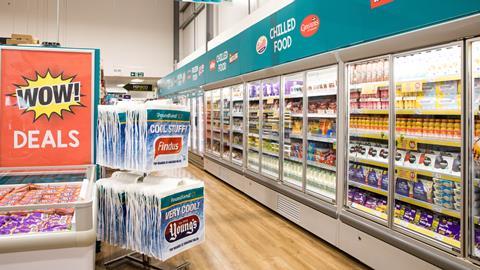

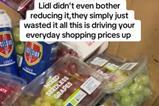
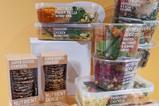
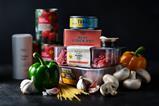
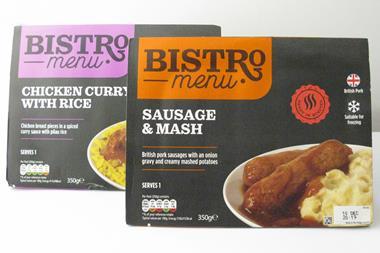











No comments yet